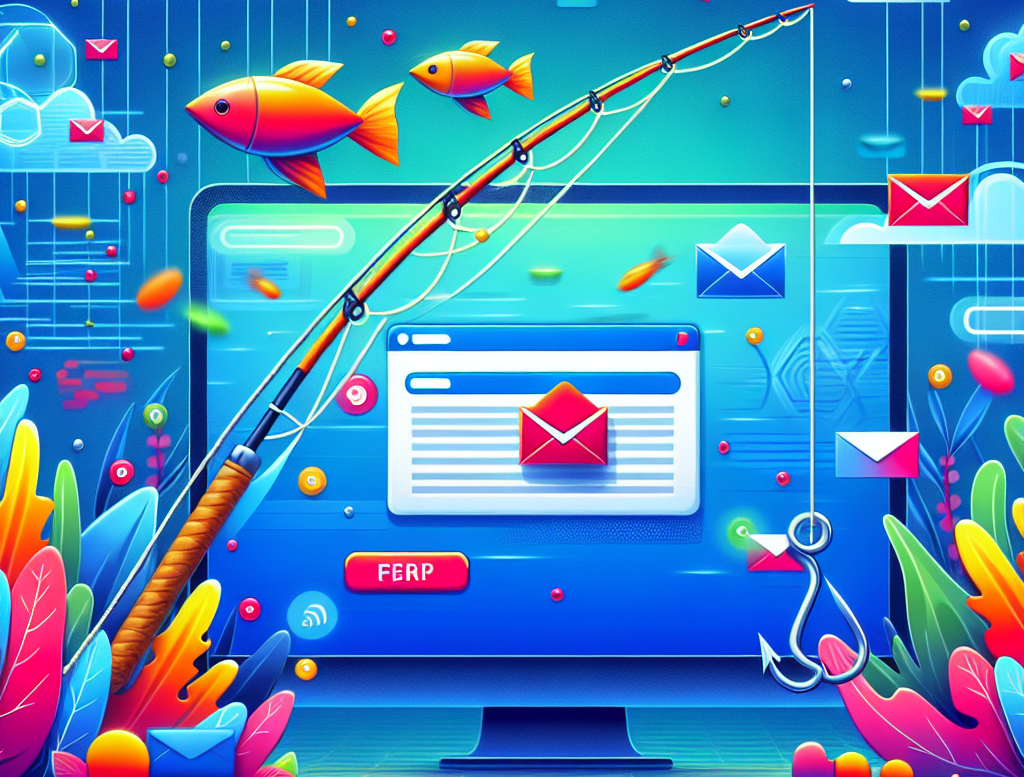Home Page » Blog » A Comprehensive Guide to Preventing Phishing Attacks
A Comprehensive Guide to Preventing Phishing Attacks

Phishing remains one of the most pervasive cyber-threats, combining social engineering with malicious code to trick victims into surrendering credentials, financial data, or installing malware. Defending against phishing isn’t just a matter of “don’t click the link”—it demands layered strategies, from rock-solid technology to an empowered, security-savvy team.
1. Know Your Enemy: Types of Phishing Attacks
Understanding how phishers adapt sharpens your defenses:
- Mass-mail Phishing Broad, low-cost campaigns casting a wide net (e.g., “Congratulations! You’ve won…”).
- Spear-Phishing Highly targeted attacks using personal or company details to sound authentic.
- Whaling Executive-focused spear-phishing aimed at C-suite with high-value payoffs.
- Clone Phishing Copying legitimate emails—swapping in a malicious link or attachment.
- Vishing & Smishing Phone and SMS-based lures urging urgent action outside your inbox.
2. Technological Shields: Building a Hardened Perimeter
- Advanced Email Filtering • Content analysis, URL rewriting, and attachment sandboxing block malicious payloads.
- DNS & Web-Filtering • Stop users from reaching known phishing domains—even if they click.
- Multi-Factor Authentication (MFA) • Adds a “something you have” layer so stolen passwords alone aren’t enough.
- Browser Hardening & Extensions • Anti-phishing plugins can flag suspicious pages in real time.
- Patch & Update Management • Close vulnerabilities that attackers exploit to drop malware.
3. Human-Centric Defenses: Empowering Your Team
- Security Awareness Training • Regular, interactive sessions that spotlight new phishing tactics. • Phishing-simulation exercises to test and reinforce vigilance.
- Clear Reporting Channels • One-click “report phishing” buttons in email clients. • A no-blame policy: early reporting prevents wider compromise.
- Personal Best Practices • Hover before you click: always verify link destinations. • Scrutinize sender domains and email signatures. • Never share passwords or one-time codes via email or SMS.
4. Policies & Procedures: Cementing a Security-First Culture
- Formal Phishing Response Playbook • Step-by-step guide: identification, containment, eradication, recovery.
- Least-Privilege Access Controls • Limit user permissions—compromise of one account doesn’t endanger everything.
- Vendor & Partner Assurance • Require third parties to meet your phishing-resilience standards.
- Onboarding & Offboarding Protocols • Ensure departing employees can’t be leveraged as unwitting phishers, and new hires are trained from day one.
5. When Prevention Fails: Incident Response & Recovery
- Rapid Containment • Revoke compromised credentials and isolate affected systems immediately.
- Forensic Analysis • Determine how the attacker got in, what data was accessed, and pivot to strengthen defenses.
- Communication Plan • Notify impacted stakeholders transparently—and fast.
- Post-Mortem & Lessons Learned • Share the story organization-wide: real incidents teach more than theoretical warnings.
6. Continuous Improvement: Staying Ahead of Evolving Threats
- Threat Intelligence Feeds • Subscribe to real-time blacklists of new phishing domains and malicious IPs.
- Regular Audits & Pen-Tests • Simulate zero-day attacks and new social-engineering gambits.
- Metrics & KPIs • Track click rates on malicious simulations, time-to-report, and incident volumes to measure progress.
7. Beyond Today: Emerging Trends in Phishing Prevention
- AI-Driven Email Analysis • Machine learning models that detect subtle language clues of fraudulent intent.
- Passwordless Authentication • Biometric or hardware keys that render stolen passwords useless.
- Behavioral Biometrics • Continuous authentication by how you type or move your mouse—flagging anomalies in real time.
By weaving together cutting-edge tools, rigorous policies, and a culture that prizes security curiosity, you transform from potential prey into a resilient fortress. The only way phishing “wins” is if we default to haste and trust. With layered prevention and an empowered team, every click becomes a choice—and a safer one.






